From ruin to recovery: G-B communities rebuild lives after devastating floods
Flash floods in Gilgit-Baltistan killed 41, injured 100+, and damaged 1,200+ homes, bridges, and roads
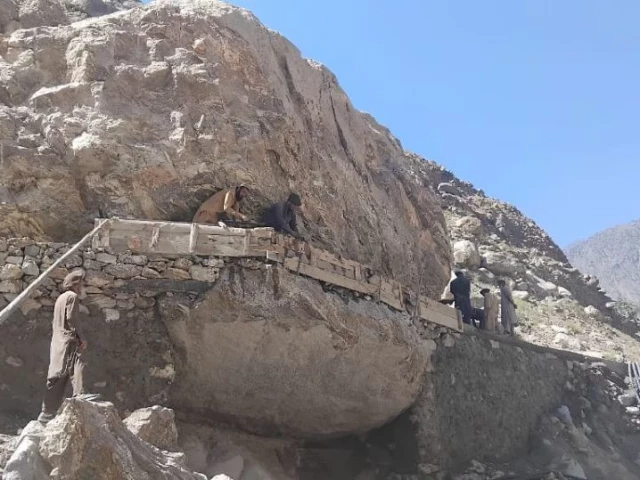
As Gilgit-Baltistan (G-B) government on Wednesday formed joint verification teams to oversee flood protection and rehabilitation projects, communities in the remote Shigar valley began rebuilding their irrigation channel destroyed in recent flash floods.
According to an official notification, the decision aims to ensure transparency, quality, and technical accuracy of ongoing emergency flood restoration of public sector projects across the region during the fiscal year 2025–26.
According to government and humanitarian reports, this year’s flash floods caused widespread devastation across Gilgit-Baltistan, killing 41 people, injuring over 100, and damaging or destroying over 1,253 homes. Triggered by monsoon rains and glacial lake outburst floods (GLOFs), the floods also wiped out more than 100 bridges and nearly 450 kilometres of roads, crippling the regional economy — particularly the tourism sector.
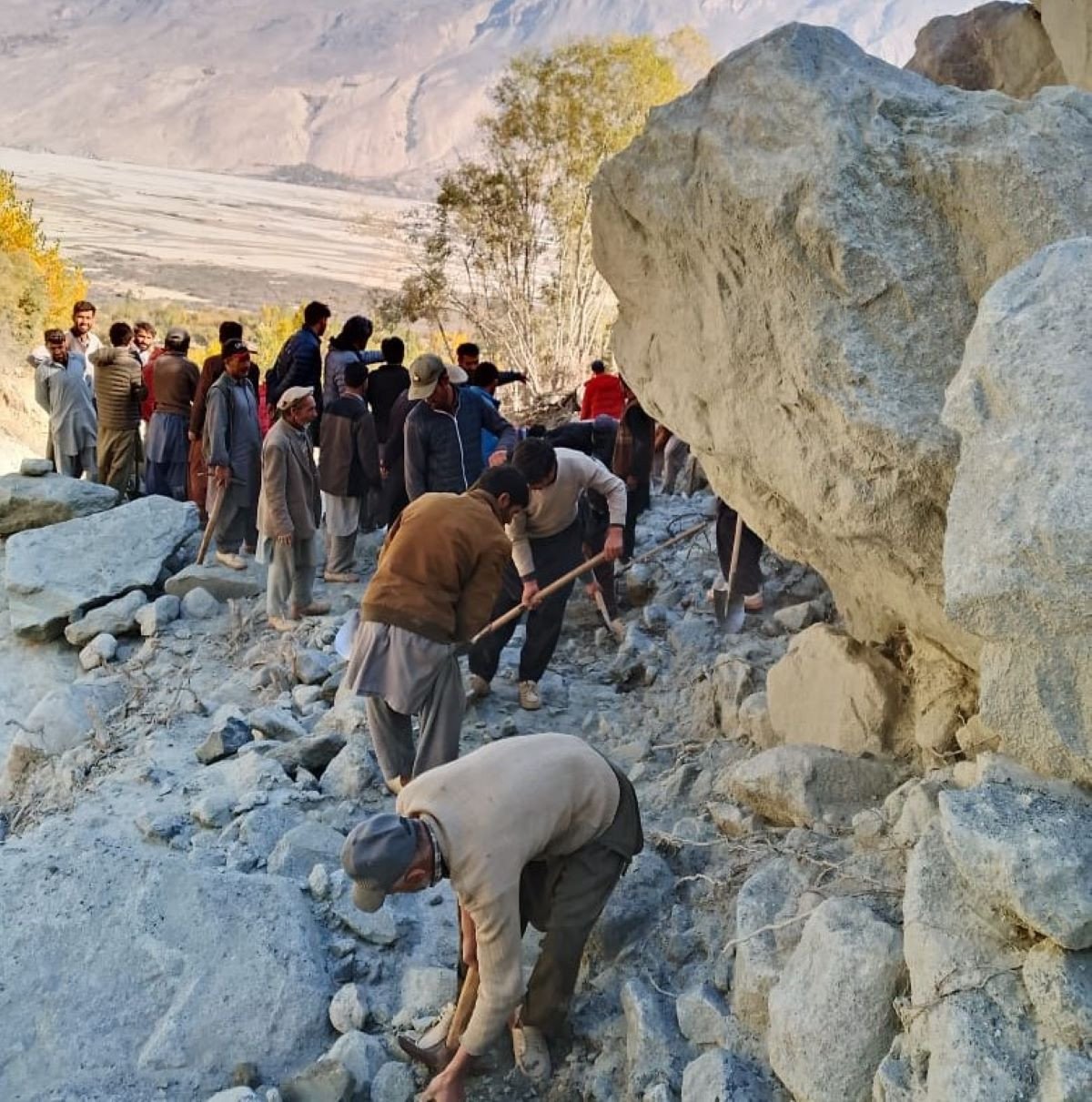
Chief Minister Haji Gulbar Khan said the government was fully committed to transparency and accountability in all public works, especially those related to disaster recovery. “The scale of the recent floods was beyond our government’s capacity,” he admitted, urging the federal government and the Aga Khan Development Network (AKDN) to assist in accelerating rehabilitation work across affected valleys.
The teams will assess project quality, scope, and progress, conduct field inspections, identify deficiencies and damages, and prepare detailed narrative and photographic reports for submission to the relevant authorities.
Meanwhile, in Shigar valley's Kayo Gulapur area, Aga Khan Rural Support Programme (AKRSP) launched a community-led initiative to restore the village’s irrigation channel — a crucial water source for farmland that turned barren after the floods. The project aimed to revive irrigation before the next cropping season, helping families reclaim their livelihoods.
“This channel is our lifeline,” said Sajjad Hussain, a farmer volunteering in the reconstruction work. “When the floods destroyed it, our fields went dry, and we feared losing the next crop season. This support has given us hope again — we are working together to bring the water back.”
The restoration work in Shigar is part of AKRSP’s broader flood recovery programme in Gilgit-Baltistan and Chitral, where 162 damaged irrigation channels, seven link roads, and seven bridges are being rehabilitated. More than 400 households are also receiving agricultural inputs to reclaim around 225 kanals of flood-affected farmland.
According to the NGO, ongoing rehabilitation includes 32 water channels in Ghanche, 30 in Ghizer, 17 in Hunza and Nagar, 13 in Skardu, 15 each in Diamer and Shigar, six in Gilgit, and 34 in Chitral. Two bridges are being restored in Chitral, three in Diamer, and one each in Ghizer and Ghanche.
“These small but critical infrastructures — water channels, link roads, and bridges — are the arteries of our mountain communities,” said an AKRSP official. “When these are damaged, everything stops: agriculture, markets, and mobility.”
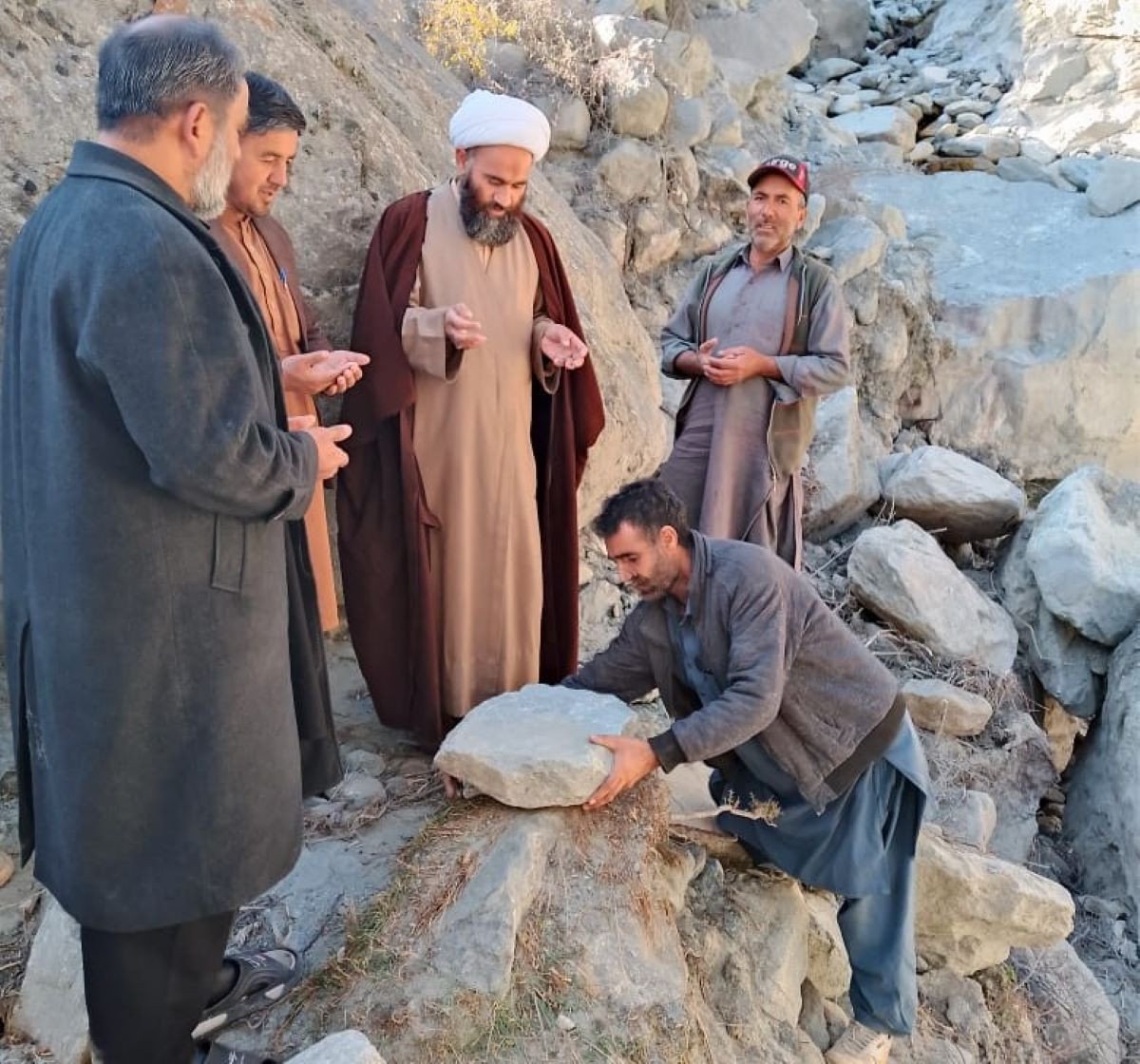
The interventions are being implemented under the Building Resilience and Addressing Vulnerability to Emergencies (BRAVE) programme, supported by the UK’s Foreign, Commonwealth & Development Office (FCDO), which focuses on strengthening resilience and promoting community-led recovery in disaster-prone mountain regions.
“The floods washed away our crops, our roads, and our confidence,” said Fatima Bano, a farmer from Ghizer Valley. “But working together on this channel, we have realised that when communities unite, they can recover from even the worst disasters.”
Nestled amid some of the world’s largest glaciers, Gilgit-Baltistan remains highly vulnerable to climate change. Yet, its people continue to demonstrate remarkable resilience — rebuilding their lives and livelihoods with unity and hope after each disaster.

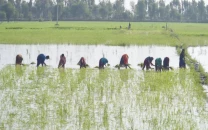







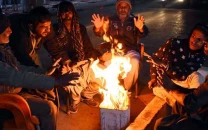



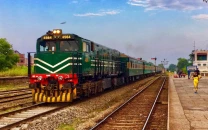





COMMENTS
Comments are moderated and generally will be posted if they are on-topic and not abusive.
For more information, please see our Comments FAQ